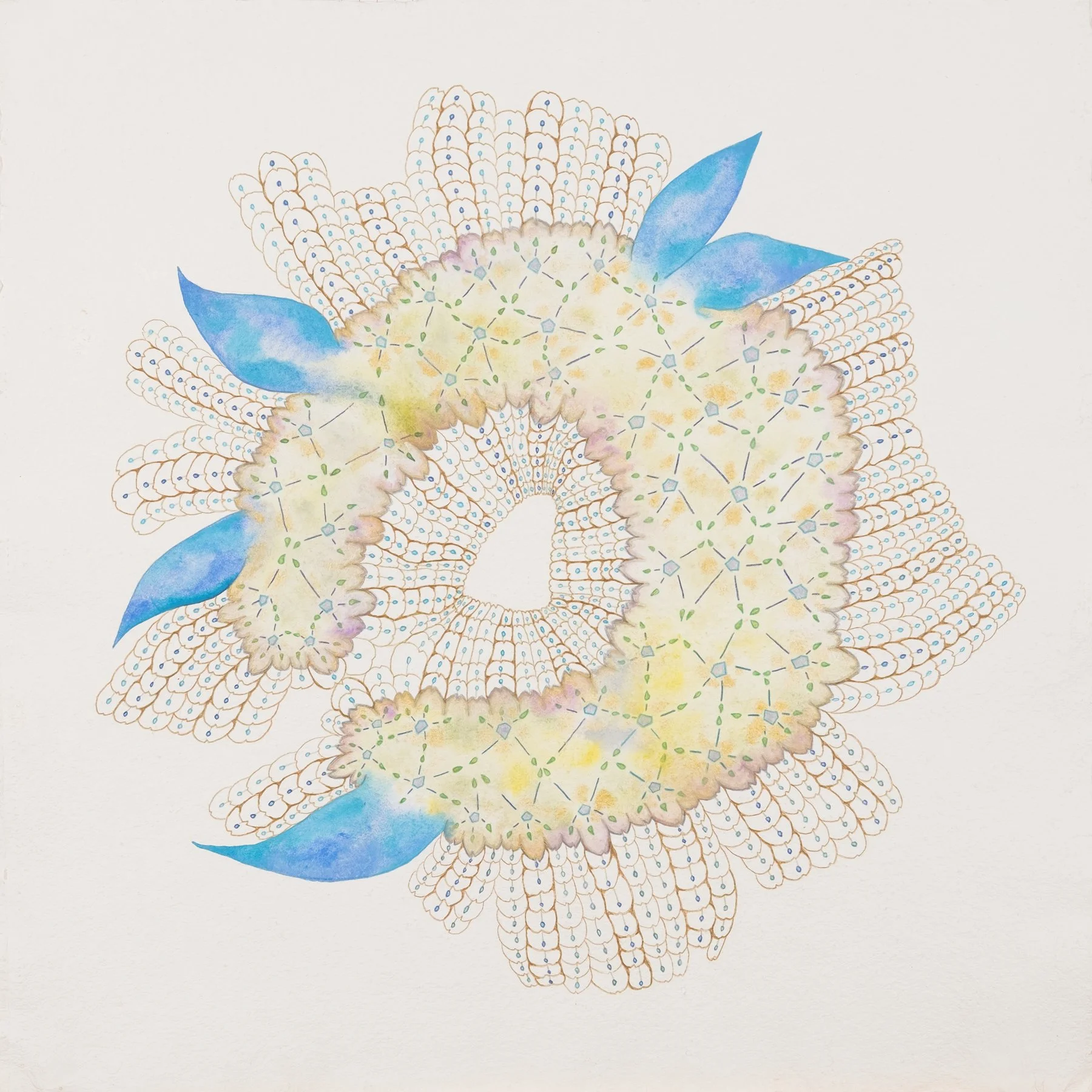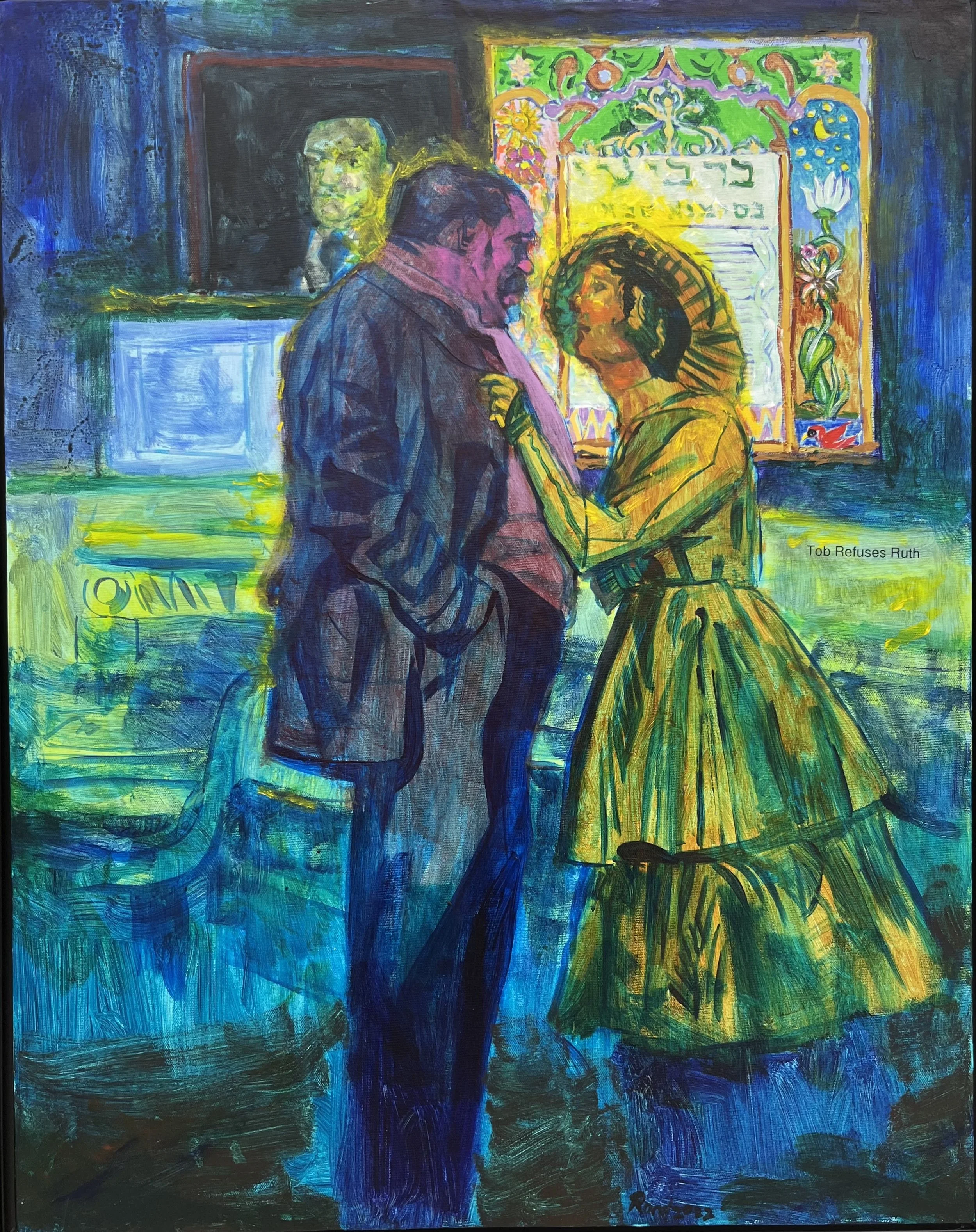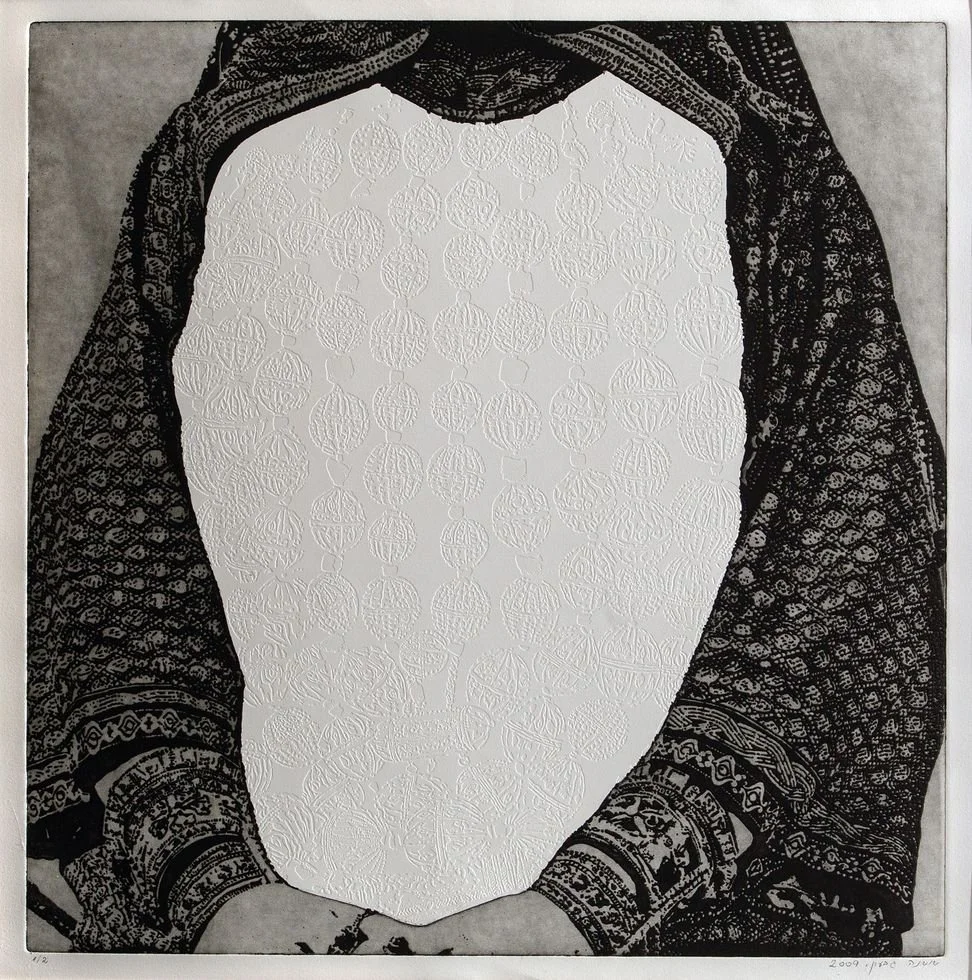U. Nahon Museum of Italian Jewish Art
Opening Events
Address: 25 Hillel St.
Sunday 10.03.2024 at 19:00
Closing Date: Tuesday 30.04.2024 (times will be announced)
Behind the Mask
Curators: Vera Pilpoul, Ermanno Tedeschi
The Book of Esther is an important, unique spiritual and religious asset and an inalienable cultural legacy of the Jewish people. Of the 24 books of the Hebrew Bible, only two are named after women: Ruth and Esther. In The Book of Esther, we uncover the heroic metamorphosis of Esther, who changes her nation’s destiny by being conscious of her religious legacy.
Behind the Mask presents interpretations and possible contexts for reading the Book of Esther, enabling us to feel, with vivid passion, the profound relevance of this ancient book to our history as a nation and as women today.
The works chosen for this exhibition were created by artists from Italy and Israel, who have interpreted the themes and narratives in a plethora of styles. The practice of disguise, of hidden identity, has been given spiritual significance over the generations, and emerges in many cultures.
The selected works also reveal a unique curatorial interpretation of Esther’s story, the meaning inherent in it, and the symbolism surrounding it. This creates a broader elucidation of Esther that includes feminist, sociological, and historical perspectives.
Threading
Curator: Emily D. Bilski
Artists Heddy Breuer Abramowitz; Linda Lieff Altabef; Andi Arnovitz; Lynne Avadenka; Raya Bruckenthal; Beryl Korot; Rachel Tauber
Threading explores the rich reservoir of cultural assets created by Jewish women, emphasizing textile arts both as medium and as metaphor.
The exhibit includes both upcycling fabrics with personal significance to create new artworks, as well as evoking traditional textile techniques, such as weaving and embroidery, deployed as visual motifs in other media including video, wood, metal, and paper.
Notably, this will be the first Israeli exhibition to include work by video art pioneer Beryl Korot (USA). Works by seven contemporary artists are displayed in conversation with historical Judaica, made and donated by women, from the Museum of Italian Jewish Art’s collection.
Seeds of Memory
Curator: Elizabeta Zaidner
Artists: Yael Boverman-Attas, Nava T. Barazani, Mikhal Miki Gamzou, Elizabeta Zaidner, Noemi Tedeschi Blankett
Longing is Like the Seed
Longing is like the Seed
That wrestles in the Ground,
Believing if it intercede
It shall at length be found.
The Hour, and the Clime-
Each Circumstance unknown,
What Constancy must be achieved
Before it see the Sun!
-Emily Dickinson
For the artist, memories are a tangible raw material. Out of moments, experiences, objects, and snapshots from the past, the artist recollects, recategorizes, and reconstructs.
Seeds of Memory presents five artists: Yael Boverman-Attas, Nava T. Barazani, Mikhal Miki Gamzou, Elizabeta Zaidner and Noemi Tedeschi Blankett; Five bodies of work; five memories; five techniques. Each material and technique offers a different way of remembering and being remembered.
The pieces invite the viewer to come closer and observe. This is attentive art, created via a feminine ability to see in the seemingly small thing its full potential and power.




































